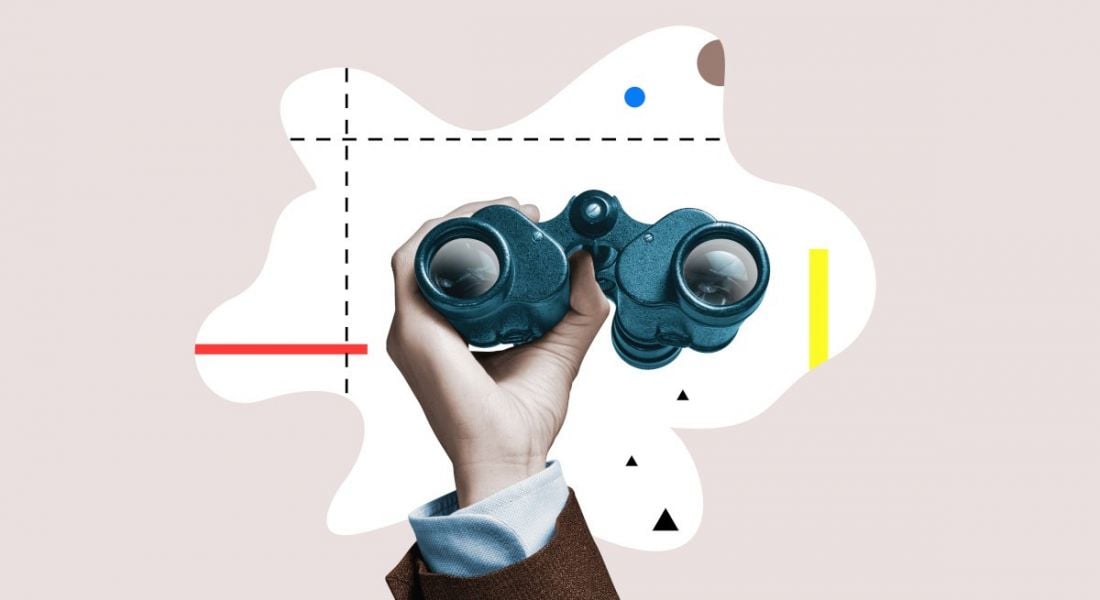Visualisation and a familiarity with the technology used in business intelligence to achieve it is essential for company analysts nowadays.
The term business intelligence (BI) might sound more 007 than Fortune 500, but it is a widely used expression. It pertains to the tools and methods a business uses to make sense of its processes.
Somebody who works in BI – for example as a BI analyst or BI developer – uses technology to analyse data and convert it into information that helps their fellow team members make better decisions.
That might sound like a data scientist to some, but while data science and BI are similar, there are some notable differences.
BI vs data science
For starters, data science requires more of a tech and mathematical input than BI. Data scientists usually extrapolate data to predict future trends, whereas BI professionals perform analysis based on data from past decisions.
That’s not to say BI is not future-focused. Company leaders rely on BI analysts to make sense of various data for them so they can make informed adjustments. A BI analyst helps companies assess their key performance indicators (KPIs) so they can see what they’re doing well and what they’re not doing well.
Unlike a data scientist, a BI analyst is more focused on the workings of a company. Therefore they are less likely to be working on huge, raw datasets.
Importance of visualisation
Since it is a BI professional’s job to help companies understand their processes based on data, they require specific skills.
Communication, attention to detail, basic stats knowledge and an understanding of how businesses work are all pretty essential.
When it comes to the explaining the ins and outs of data, visualisation tools are extremely useful. Think pie-charts, infographics and slides – basically any way of making data easy to digest in a visual sense.
As technology has progressed, BI analysts have been able to use tech to take some of the grunt work out of data visualisation. In a complex business environment with hundreds of clients, sales and targets, a nice looking pie chart printed on a laminated poster won’t provide an accurate or detailed picture of what’s really going on in a company.
Visualisation tech tools for BI
If you are a business analyst who wants to learn more about what type of tech there is out there to make your job easier, the good news is there are plenty of good ones.
The best way to discover which one is right for you – and not every tool will suit your needs – is to try it out for yourself to see how it helps you or doesn’t help you. Some tools might be too complex, others might not have certain functions you require.
A list by Forbes of some of the best data visualisation tools on the market right now for BI includes Tableau (good for interactivity); Microsoft Power BI (good all-rounder); Klipfolio (good for custom dashboards); and Looker (good for visualisation features)
If you want to do a deeper dive into data visualisation, Tableau’s website has some good learning resources. Whether you are a beginner, intermediate or advanced, there are quite a few short online courses you can do in your own time.
10 things you need to know direct to your inbox every weekday. Sign up for the Daily Brief, Silicon Republic’s digest of essential sci-tech news.




